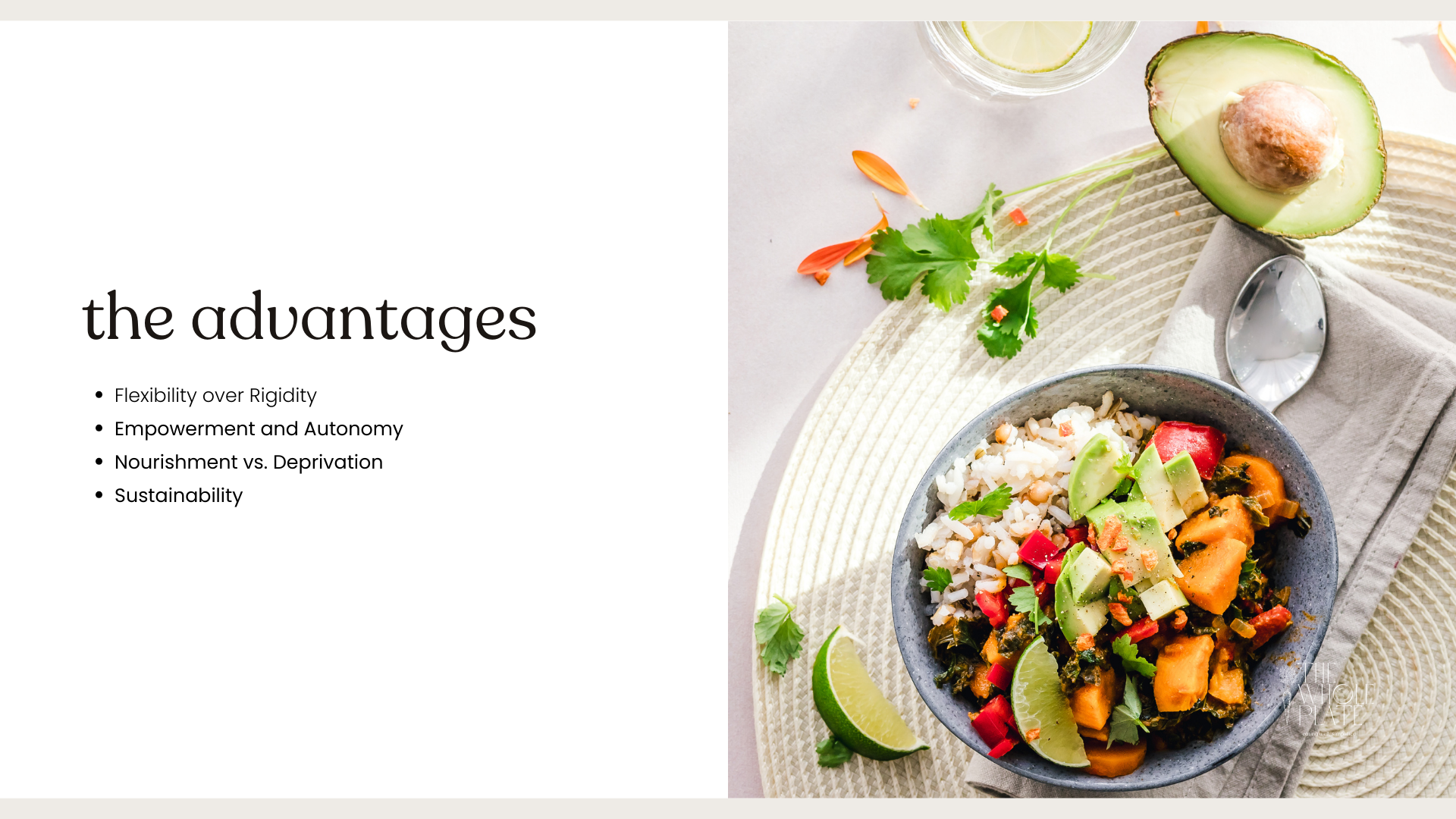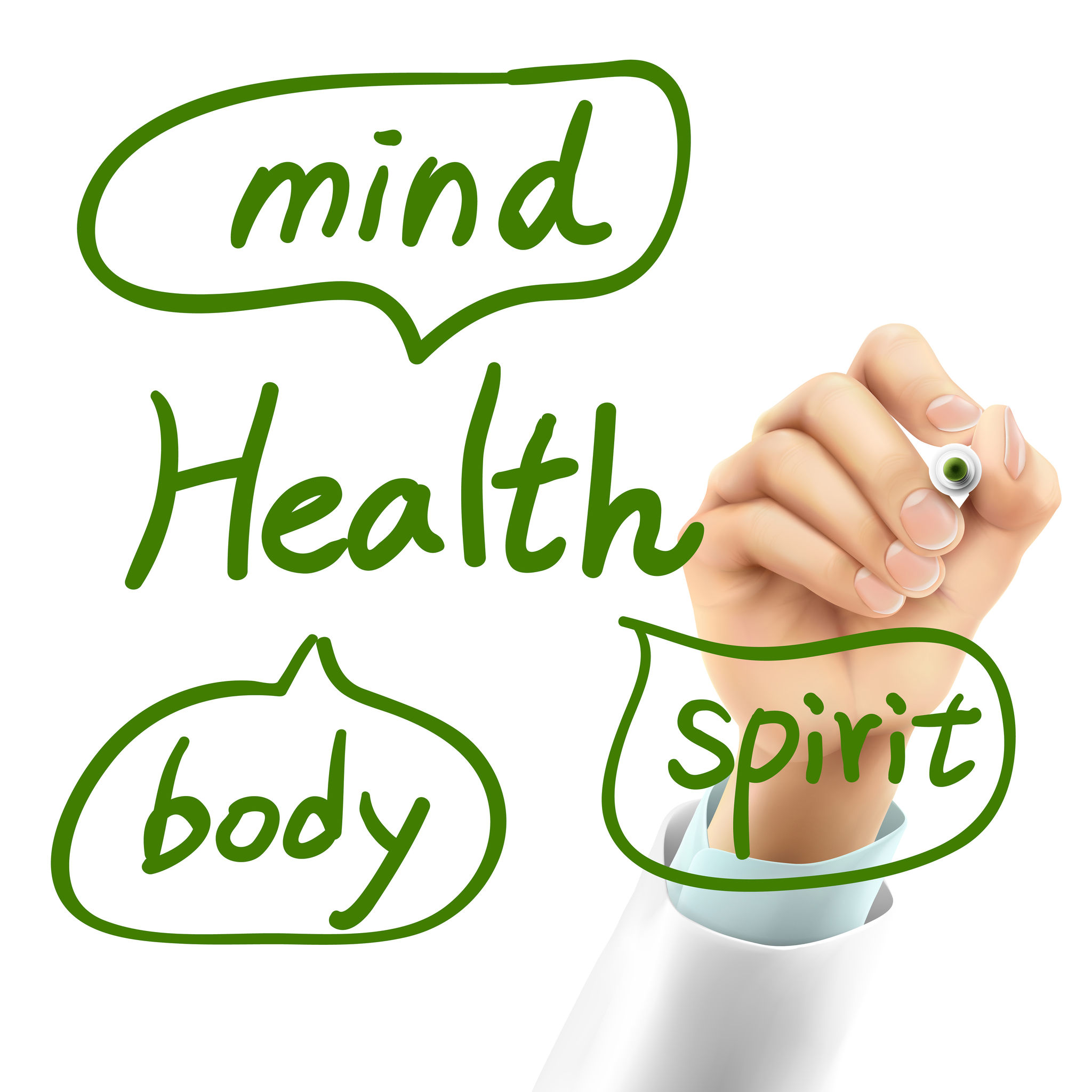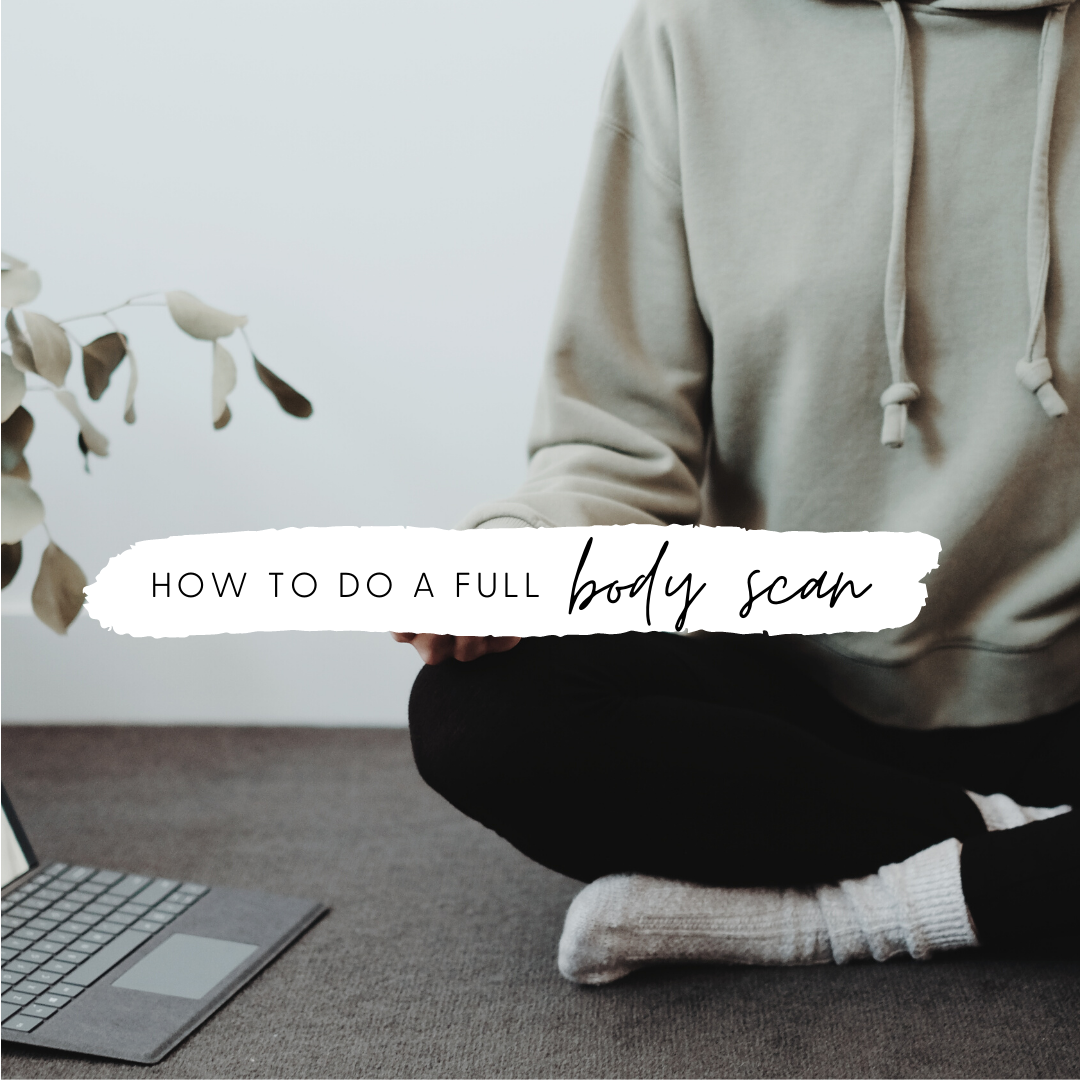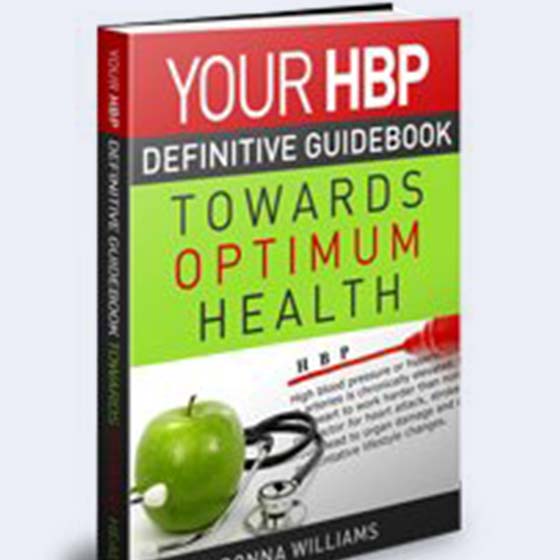Health is wealth, eat well to live well.
Join my community and receive my free ebook! Subscribe now >>
Foundations Of Mindful Movements And Its Impact On Your Brain And Body!
High Blood Pressure Wellness Lifestyle Podcast, Episode #45
Foundations of mindful movements help us cultivate awareness, reduce stress, and develop a greater sense of connection to ourselves and the world around us. By dedicating time each day to mindfulness, we can improve our mental and emotional well-being, leading to increased resilience, happiness, and overall life satisfaction.
Mentioned In This Episode
- Join me for a free fun 5-Day Mindful Mornings Series. Imagine for a moment waking up every morning feeling excited to start your day feeling more peace and purpose, also overcome the morning fog while you get yourself in gear before you rush out to work for the day.
- Host online programs that’s uniquely focused on women of color over the age of 40, that primarily prevent, treat and reduce high blood pressure. We focus on a simple yet powerful concept: eating mindfully. This means savoring each bite during meals, fully engaging our senses, and truly appreciating the food we eat. Our goal is not just to eat but to truly experience our meals. This includes mindfulness practices that impacts the root causes of many chronic diseases. With my online programs they are able to shift their habits and reap the many benefits of mindful practices.

Subscribe To These Episodes
Apple Listen on Apple Podcasts Spotify Listen on Spotify YouTube Listen to High Blood Pressure Wellness Lifestyle Podcast RecordingsFoundations Of Mindful Movements And Its Impact On Your Brain And Body Transcript

Today we’ll venture on how to improve our overall well-being, one mindful moment at a time. I am encouraging you to practice mindfulness techniques for a set amount of time each day.
But first, let's discuss the importance of this practice. In today's fast-paced, technology-driven world, our minds are constantly bombarded with information, making it difficult to find moments of stillness and peace.
These practices can reveal unsuspected richness and evoke deep appreciation for things you were previously unaware of or for almost any experience. This will be your own very personal journey. We’ll end our conversation today where you’ll join me for a free fun 5-Day Mindful Mornings Series.
Mindfulness begins with awareness of your physical state, thoughts, feelings, and the selection and preparation of your food. Mindful practices affect your brain, mentality and a person’s sexual health and relationships. I know you didn't think we'll be talking about sexual health which is such an important conversation to have because it is impactful within relationships.
You’ll be setting aside time each day to practice the foundations of mindful movements techniques, whether meditation, journaling, or simply being present during everyday activities. It's time to prioritize your well-being and make daily mindfulness practices a non-negotiable part of your lives.
Lots of individuals struggle including myself, when starting a mindful practice with our minds wondering all over the place, but you can overcome this. Let’s start with our first mindful movement practice.
Just before we get started, with our first mindful movement practice, I want to share some tips and insights to help you stay motivated and committed:
- Set realistic goals: Having a clear and attainable goal as you begin these practices is important. Determine how much time you can dedicate to mindfulness practices daily and set that as your goal. You have to be true to yourself.
- Choose a mindfulness practice that resonates with you: There are numerous mindfulness techniques, such as meditation, deep breathing exercises, body scans, mindful walking and I’m including mindful eating which is the foundation to excellent health and a dis-ease free life. Experiment with different practices to find the one that best suits your needs and preferences.
- Create a consistent routine: Establish a consistent time and place for your daily mindfulness practice. This will help make your practice a habit and increase the likelihood of success.
- Be patient and gentle with yourself: Mindfulness is a skill that takes time and practice to develop. Remember that it's okay to have thoughts and distractions during your practice. Every one of those guru deals with distractions. The key is to acknowledge them and gently bring your focus back to the present moment.
- Track your progress: My preference is keeping a journal, because I do glance back within the pages for reinforcement or use an app to track your daily mindfulness practice. Recording your progress can help you stay accountable and celebrate your successes along the way.
Now, let's talk about some of the ways to make your daily mindfulness practice more enjoyable and accessible:
- Start small and build up: If you're new to mindfulness, start with shorter sessions and gradually increase the duration as you become more comfortable with the practice. Even just a few minutes of mindfulness each day can positively impact your well-being.
- Find a mindfulness buddy or group: Practicing mindfulness with a friend or joining a local mindfulness group can provide support, encouragement, and motivation throughout the challenge.
- Incorporate mindfulness into everyday activities: Mindfulness doesn't have to be limited to formal meditation sessions. Try being present during daily activities such as while gardening - I've been able to solve a lot of my problems this way, when I wasn't even consciously thinking about the problem. But my brain muscle relaxed and the answer to the problem was there waiting for me to acknowledge it. Washing dishes, taking a shower, or going for a walk.
- Use guided meditations or apps: If you find it challenging to practice mindfulness independently, consider using guided meditations or apps to help you stay focused and engaged.
- Celebrate your progress: Acknowledge and celebrate your successes, no matter how small they may seem. Remember that every mindful moment is a step toward greater inner peace and well-being.
Getting Started On Steps On Foundations To Mindful Movements Practice
Mindfulness of the Brain:
I know sitting on a floor cushion with your legs crossed looks more authentic, but sitting on a chair or on the edge of a bed with both feet placed firmly on the ground is just as good.
For me I have this comfy big one-seater chair where I sit with my back straight not stiff but relaxed, my hands facing up in my lap, with my forefinger and thumb touching lightly, jaw relaxed, chin is parallel to the floor with eyes closed or your gaze can be soft.

Breath is present so I encourage individuals to be with their breath.
With meditation it is about coming into a different, gentler more playful relationship with your thoughts. It is impossible to stop thinking because this is what the mind does.
It is said our minds are very noisy, we have 60,000 thoughts every single day with very seldom silence for us to be mindful in the moment. To help me in silencing my mind or in essence slow down my thoughts, I do a meditation called Japa – which is getting within the gap of your thoughts and making conscious contact with God created by Dr. Wayne Dyer.
Let me tell you about this getting in the gap business and making conscious contact with God is amazing and something you should experience for yourself. You can connect with the mind of meditation for a minute, or even for a few seconds. Whenever you think of it, just let your attention rest on your breath.
Some of the most awareness and benefits of mindfulness is when you realize and start to feel the impact of the effects on your enhanced self-awareness of how you’re sleeping better, stress reduction, your improved concentration and focus, and even help in reducing your pain.
How To Practice Mindful Eating: Tips and Techniques
We will focus on a simple yet powerful concept: eating mindfully. This means savoring each bite during meals, fully engaging our senses, and truly appreciating the food we eat. Our goal is not just to eat but to truly experience our meals.

Eating is an essential part of our daily lives, but many of us often eat mindlessly, not paying attention to what we eat or how much we consume. On the other hand, mindful eating is the practice of being present and fully engaged while eating, which can lead to a greater appreciation for food, improved digestion, and healthier eating habits.
Today is the day when you become aware that it is possible and that I can holistically coach, teach and guide on how to build a powerful foundation in nourishing your body, mind, heart, and soul. Ready to embark on this journey to improve our relationship with food and enhance our overall well-being.
Here are some tips and techniques for practicing mindful eating:
- Pay attention to your hunger and fullness cues. Before eating, check in with your body to see if you're hungry. This may seem obvious, but many of us eat out of boredom, stress, or habit, even when we're not really hungry. By paying attention to our hunger and fullness cues, we can learn to eat only when our bodies need it and not just because it's mealtime or there's food available.
- Slow down and savor your food. When we're in a hurry, we eat quickly, barely tasting or enjoying our food. Instead, take the time to savor each bite. Chew slowly and focus on your food's flavors, textures, and smells. This can help you feel more satisfied and content with your meal and prevent overeating.
- Remove distractions. I’m talking about making a conscious effort to remove distractions. Eating while watching TV, scrolling through social media, or working can take away from the experience of eating. Instead, try to remove distractions and focus solely on your food. This can help you tune into your body's hunger and fullness cues and improve digestion. This lack of attention to our meals can lead to overeating, poor digestion, and less enjoyment of our food. This will help you savor each bite, recognize when you're full, and truly enjoy your food.
- Are you ready to transform your relationship with food and embrace a more mindful, nourishing, and satisfying eating experience? Click this link to secure your spot and start your journey toward a healthier, happier, and more mindful you.
- Practice gratitude. Before eating, take a moment to express gratitude for your food. This can be as simple as saying a quick thank you or taking a few deep breaths and reflecting on the journey that brought the food to your plate. Practicing gratitude can help you appreciate your food more and connect with the broader community of people and resources that made it possible.
- Experiment with different textures and flavors. Trying new foods, textures, and flavors can be a fun way to practice mindful eating. Take the time to savor each bite and pay attention to how your body responds. Does it feel satisfying? Nourishing? Energizing? This can help you better understand your body's unique needs and preferences.
- Listen to your body. Your body knows what it needs, so listen to it. If you're craving something sweet, try a piece of fruit instead of a sugary snack. If you're feeling full, stop eating. By tuning into your body's signals, you can learn to make healthier food choices and develop a better relationship with food.
Practicing mindful eating is a simple but powerful way to improve your relationship with food and enhance your overall well-being. By paying attention to your body, slowing down, and savoring each bite, you can fully appreciate and enjoy your food and develop healthier eating habits that support your physical and emotional health.
Foundations of Mindful Movements: Building a Better Exercise Practice
Mindful movement is an approach to exercise that emphasizes mental presence and awareness during physical activity. It's about tuning into your body, understanding its needs, and moving in an intentional and attentive way. Here's how you can build a better exercise practice through the foundations of mindful movement.
Start with Intention: Setting an intention is the cornerstone of a mindful movement practice. Before beginning any exercise, ask yourself these questions:
- Why am I doing this?
- What do I hope to achieve?
Your intention could be as simple as wanting to feel more energized or as specific as improving your posture.
Connect with Your Breath: Breath is a powerful tool for connecting the mind and body. Begin your exercise routine by taking deep, intentional breaths. This oxygenates your muscles and centers your focus, preparing you for a mindful workout.

Engage in Body Scanning: As you start to move, perform a mental scan of your body. Notice any areas of tension or discomfort. Acknowledging these feelings without judgment allows you to adjust your movements to accommodate your body's needs.
Choose Quality Over Quantity: Mindful movement isn't about the number of reps or the weight on the bar. It's about the quality of each movement. Focus on performing each exercise with proper form and control, even if that means reducing the intensity or duration of your workout.
Incorporate Variety: A mindful movement practice thrives on variety. Engaging in different types of physical activity—be it yoga, Pilates, strength training, or dance—provides your body with a full range of movement, keeping your mind and muscles engaged.
Listen to Your Body: One of the most important aspects of mindful movement is listening to what your body is telling you. If something feels off or if you're experiencing pain, give yourself permission to stop or modify the movement. Remember, there's a difference between a healthy challenge and a harmful strain.
End with Reflection: After completing your exercise routine, take a moment to reflect. Consider how you feel physically and mentally. Acknowledge any progress you've made towards your intention and note any insights that may inform your next workout.
Practical Tips for Implementation:
- Set Up Your Environment: Create a space that encourages mindfulness. This space might mean a quiet room, comfortable attire, or a specific playlist that helps you focus.
- Schedule Regular Check-ins: Every few minutes during your workout, mentally check in with your body. This step helps maintain a connection between your mind and movements.
- Use Technology Mindfully: If you're using a fitness app or wearable, use it to enhance your awareness. Track your heart rate to stay in tune with your effort level, but don't let numbers distract you from the experience.
- Incorporate Mindfulness into Every Activity: Whether lifting weights, running, or stretching, there's always an opportunity to practice mindfulness. Focus on the sensation of your muscles at work, the rhythm of your breath, or the alignment of your body.
- Educate Yourself: Learn about the anatomy and physiology of your body. Understanding how your body works can enhance your mindfulness and appreciation for each movement.
- Join a Class: Sometimes, having a guide can help foster mindfulness. Consider joining a class where the instructor emphasizes a mindful approach to movement.
- Keep a Journal: Documenting your exercise journey can help you stay mindful of your progress and notice patterns in your physical and mental responses to different activities.
Remember, mindful movement is a practice, and like any other practice, it thrives from consistency and patience. So, be kind to yourself as you build a better exercise practice.
Mindful Mornings Series

As promised, we end today’s conversation with you joining my free Mindful Mornings Series. The overall consensus is mornings feel rushed with no time to do things like eat a healthy breakfast or slowly start your day. I completely understand a slow start to the day isn't a luxury that can be had by everyone during the week -- but this week, I want to help inspire you to make a small step toward a mindful morning.
During these 5 mornings we'll have our Mindful Mornings by starting each day with a small gratitude list and a healthy breakfast. These are tiny ways to make a big step toward a healthier, more mindful morning habit, and you'll be pleasantly surprised how doing this for one week will shift things for you. It's quite simple!
As we wrap up, I encourage you to take the first step and commit to the Foundations of Mindful Movements. Remember, it's not about perfection; it's about progress. Each day you engage in mindfulness practices, you build a healthier, more connected, and more grounded version of yourself.
Thank you for listening to High Blood Pressure Wellness Lifestyle Podcast with Donna Williams. Together, we can make daily mindfulness practices a lasting habit and create a more centered, peaceful life for ourselves and our loved ones.
Click this link to join my mindful mornings week’s series today.
Remember to subscribe to this podcast and do please give us a 5-star rating. Thanks, and see you next week.
Return from Foundations Of Mindful Movements to Holistic Coaching





New! Comments
Have your say about what you just read! Leave me a comment in the box below.